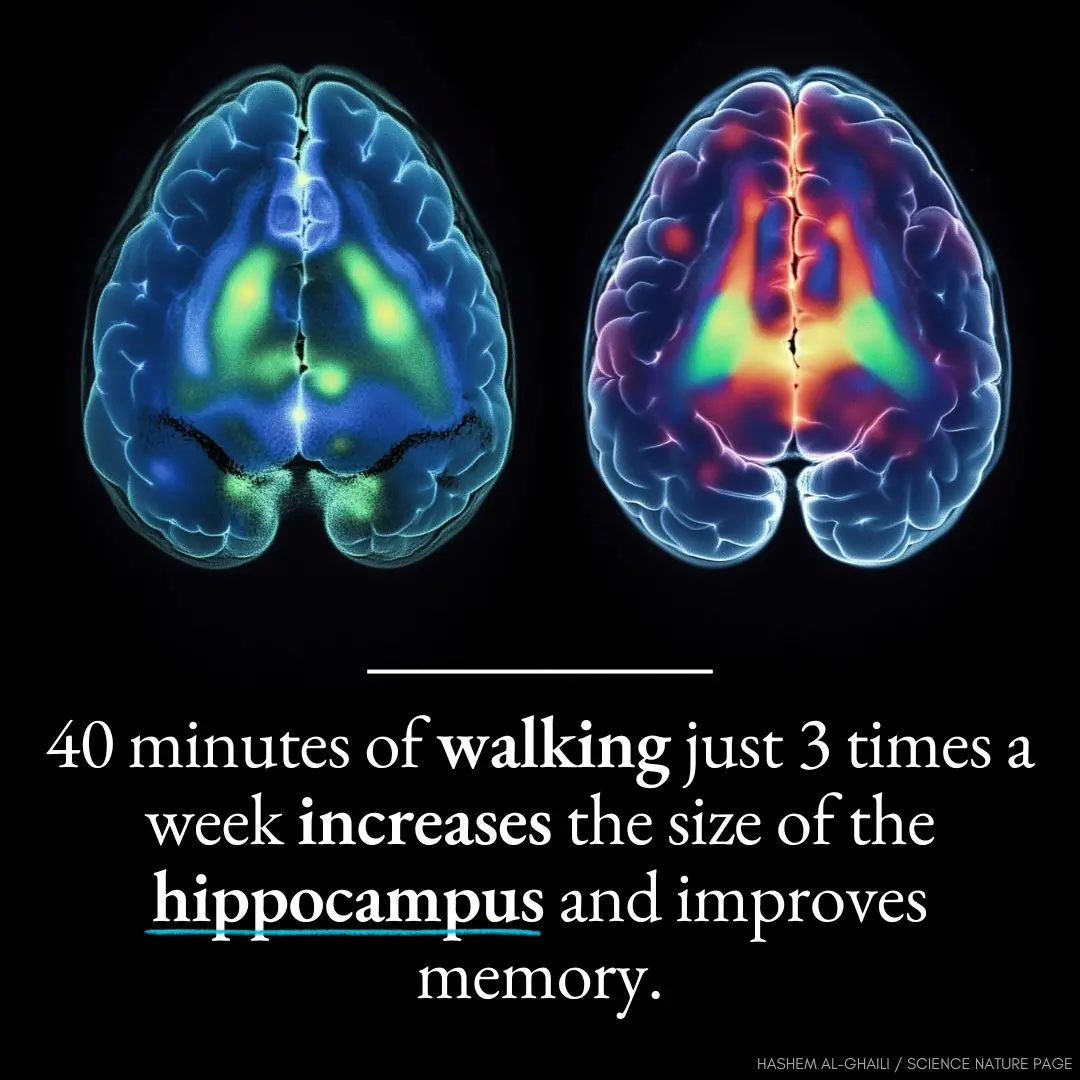
Number of teeth is associated with facial size in humans
Recent research has uncovered an intriguing connection between the number of teeth in humans and the overall size of their faces. This study, published in a leading scientific journal, suggests that facial size may be influenced by dental development, and that variations in tooth count could potentially reflect broader differences in craniofacial anatomy.
The Study: Exploring the Link Between Teeth and Facial Size
The research team, consisting of anthropologists and biologists, examined the dental and facial features of individuals across different age groups. They hypothesized that the number of teeth a person has may be linked to the size of their face, including the jaw and other facial structures.
Using a combination of dental X-rays and 3D facial scans, the scientists measured the size of the face and the number of teeth in a diverse sample of human subjects. Their findings revealed that people with larger facial structures tended to have more teeth, particularly in the molar and premolar regions, compared to those with smaller faces.
Why Does the Number of Teeth Matter?
Human teeth play a crucial role in our overall craniofacial development. The development of the jaw, teeth, and surrounding facial bones is interconnected, influenced by genetic and environmental factors. During early childhood, the growth of the jaw is closely tied to the eruption of teeth, which may explain the observed link between tooth count and facial size.
Interestingly, the study also found that individuals with more teeth were often from populations with larger jawbones, which could be a sign of evolutionary adaptation to specific diets or environmental conditions.
What This Means for Future Research
These findings open up exciting possibilities for understanding human development. For instance, researchers may be able to use tooth count as a potential indicator of early craniofacial growth patterns or even as a factor in determining the risk of certain health conditions. Moreover, this discovery could lead to improved methods in orthodontics and facial reconstruction, offering new insights into how teeth and facial bones develop in relation to one another.
As scientists continue to explore this fascinating relationship, it may shed light on the evolutionary history of humans and how physical traits like tooth count and facial structure have evolved over time.
Conclusion
The link between the number of teeth and facial size provides new perspectives on human anatomy and development. While much remains to be explored, this research is an important step in understanding how dental health and facial growth are connected, potentially offering useful insights into everything from orthodontic treatments to evolutionary biology.
News in the same category


Hair Loss? This Could Be a Sign of Iron Deficiency

Scientists Show How Gratitude Literally Alters The Human Heart & Molecular Structure Of The Brain

9 Reasons Why You Should Be Eating More Dates

14 Signs Your Blood Sugar Is Way Too High (And 14 Ways to Reduce It)

9 Early Signs of Diabetes You May Not Be Noticing

What Happens to the Body After Gallbladder Removal? 3 Diseases That May Follow – Avoid Surgery If Possible
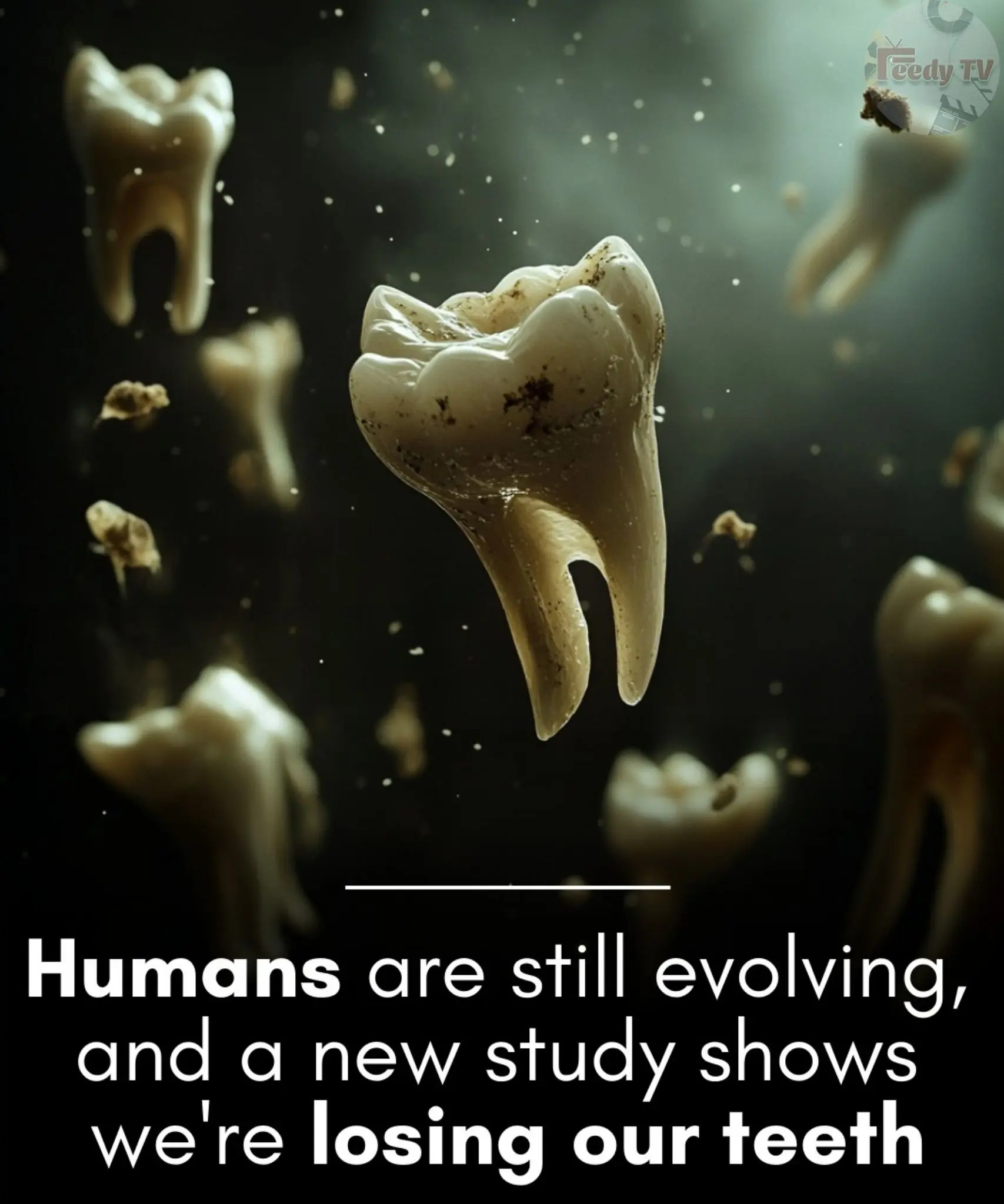
Number of teeth is associated with facial size in humans

Opioids and Surgery: How to Know Your Usage Risk Going In

Specific Protein Found To Keep Cancer Cells Dormant: Study

Fighting fire with fire: could Salmonella treat bowel cancer?

Recognizing Type 2 Diabetes Symptoms
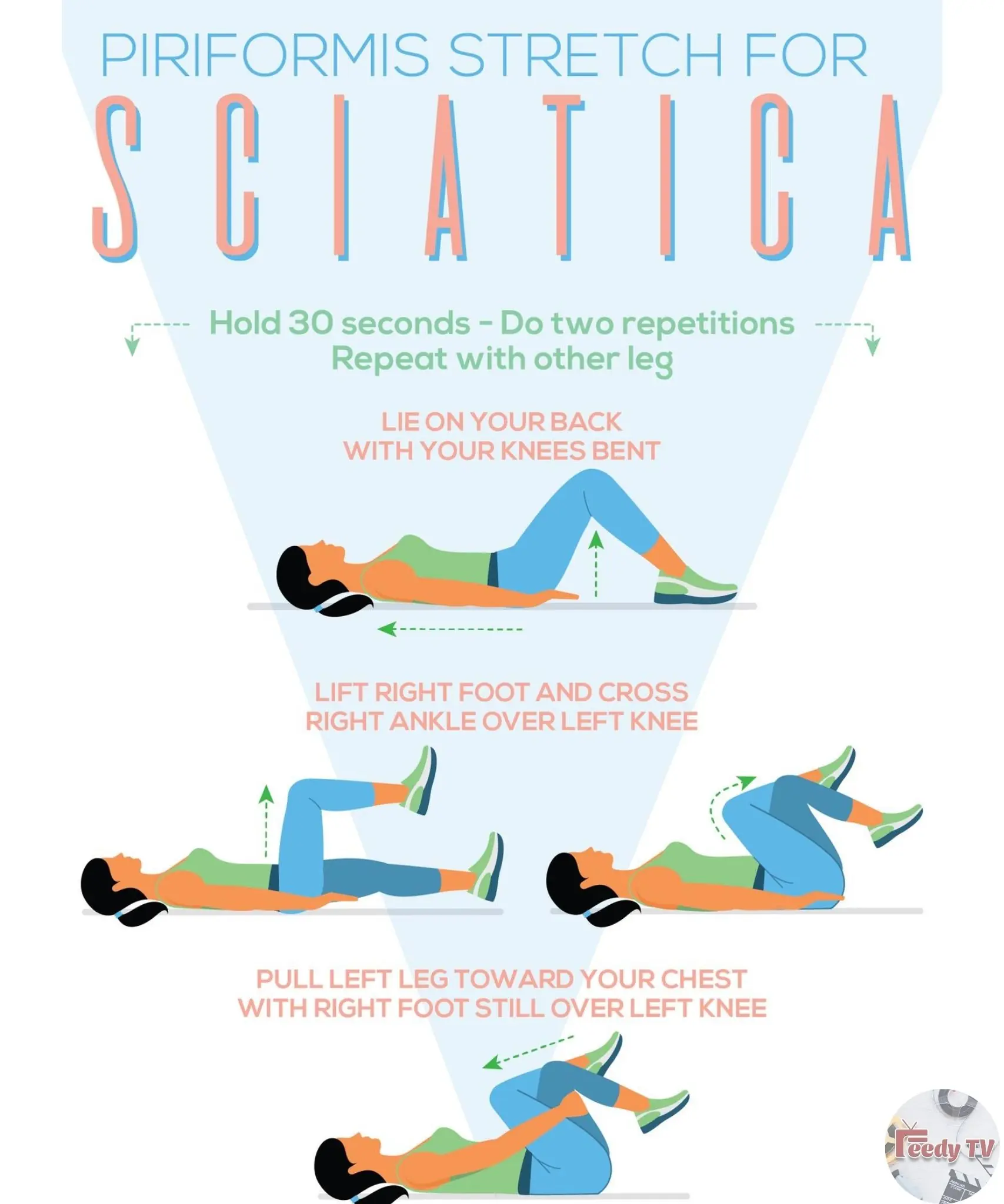
Slideshow: A Visual Guide to Sciatica

Semaglutide Shows Promise for Cutting Alcohol Use

Why Am I Always Thirsty?

New Study Reveals Risks of Smoking Marijuana After 30

Doctor Warns: Popular Habit That Could Double Your Risk of a Heart Attack

Raynaud’s Phenomenon: Why Fingers Turn White in the Cold
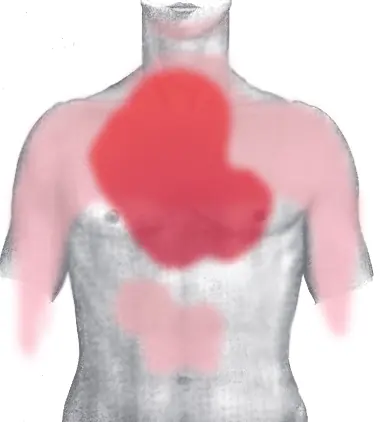
Heart Attack: Early Warning Signs
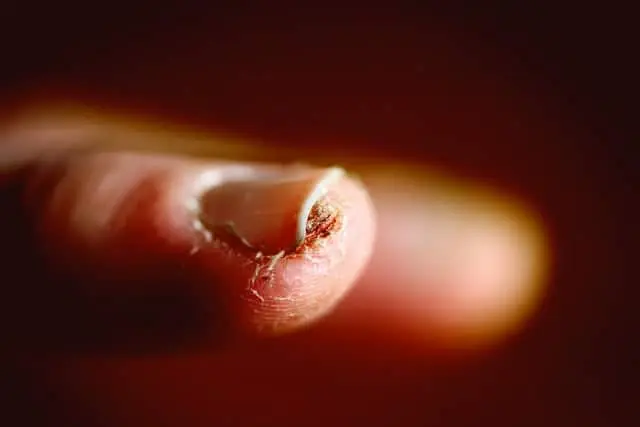
Nails: What Do They Reveal About Your Health
News Post

I Found a Box Labeled 'Do Not Open' After My Mom's Passing – Despite My Sister's Protests, I Opened It and Was Utterly Shocked
When my mom passed away, I expected grief, memories, and difficult goodbyes. But I never expected a locked metal box labeled "DO NOT OPEN." My sister begged me to leave it alone, but when I finally gave in to curiosity, what I found inside shattered every

5 Essential Ingredients for Growing Stunning Tomatoes Quickly

I Tracked Down My Foster Sister to Take Back What She Stole 10 Years Ago but the Truth Wasn’t What I Expected — Story of the Day
For ten years, I thought I’d buried the past. But when I knocked on that door and a little girl with familiar eyes answered, I knew—I was here to take back what was mine.

Exercise training increases size of hippocampus and improves memory

Hair Loss? This Could Be a Sign of Iron Deficiency

All My Left Socks Started Disappearing – When I Found Out Why, My Heart Stopped

My MIL Asked Me to Bring Her Medicine – When My Car Broke Down and I Returned Home, I Found Red Women's Shoes on My Doormat

I Found a Letter in a Bottle on the Shore — It Was About My Husband & It Changed Everything

How Apple Cider Vinegar Can Grow Your Hair Faster and Healthier

Weeks After My Wedding, I Overheard My Husband and My Mother Talking – What They Said Made My Blood Run Cold

I Returned Home with My Daughter Only to Find Out My Husband Had Disappeared — the Reason Left Me Speechless

My Best Friend Set Me Up at Work to Get Me Fired So She Could Take My Promotion

3 Astonishing Stories Where One Photo Changes Everything

My MIL Gifted Me a Set of Rules Titled 'How to Be a Good Wife for My Son' for Our Wedding, While My Husband Got a Check

My Daughter's Wedding Dress Arrived Completely Black — but That Wasn't the Real Disaster
When my daughter walked down the aisle, it wasn't in the ivory gown we had spent months perfecting. Instead, she wore a dress as black as night, and the real shock wasn't the color but the reason behind it.

My Dying Neighbor Asked Me to Visit Her Urgently - When I Got There, She Told Me to Take a Wooden Box Out of Her Drawer and Open It

Woman Asks Her Ex to Plan Her Wedding but He Disappears at the Last Moment, Leaving Her a Letter — Story of the Day

For 30 Years, My Father Made Me Believe I Was Adopted – I Was Shocked to Find Out Why

I Thought My Husband Went Jogging Every Morning – One Day, I Decided to Follow Him
